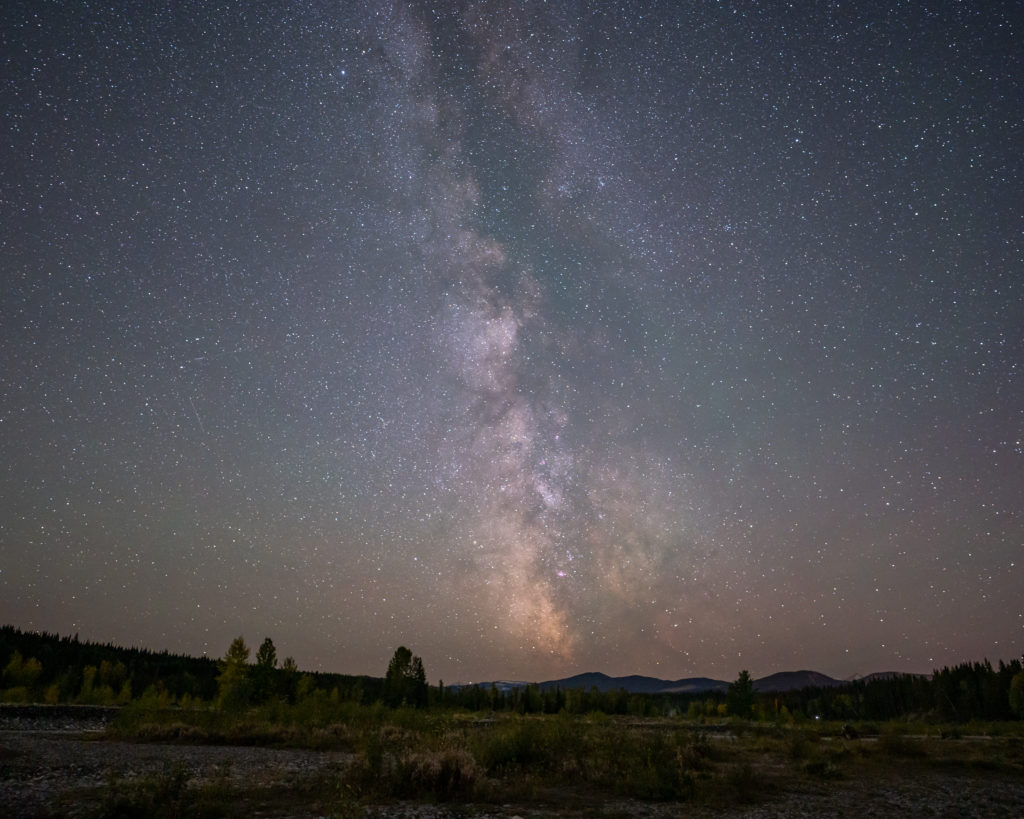
The handle of the Dipper offers a convenient guide two stately face-on spiral galaxies that are visible, at least to some degree, in a small telescope. In dark skies, these two nearby galaxies display clear hints of a striking and ubiquitous pinwheel shape that reveals itself in the clouds of a hurricane or the seed arrangement in a sunflower, a reminder that many of nature’s patterns appear at a wide range of scales [Read more…] about Two Fine Spiral Galaxies Near the Dipper’s Handle
Share This:


